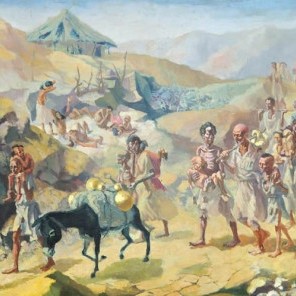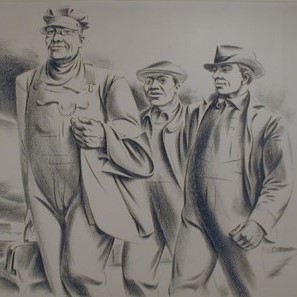
The Art of Revolutionary Ethiopia
The arrest of Emperor Haile Selassie I of Ethiopia on 12 September 1974 marked the end of almost a thousand years of rule by the Solomonic dynasty, a royal family claiming descent from the biblical King Solomon and the Queen of Sheba. Haile Selassie’s deposition has been described as the culmination of a “creeping coup”, following a decade of protests against the Emperor, often led … Continue reading The Art of Revolutionary Ethiopia




